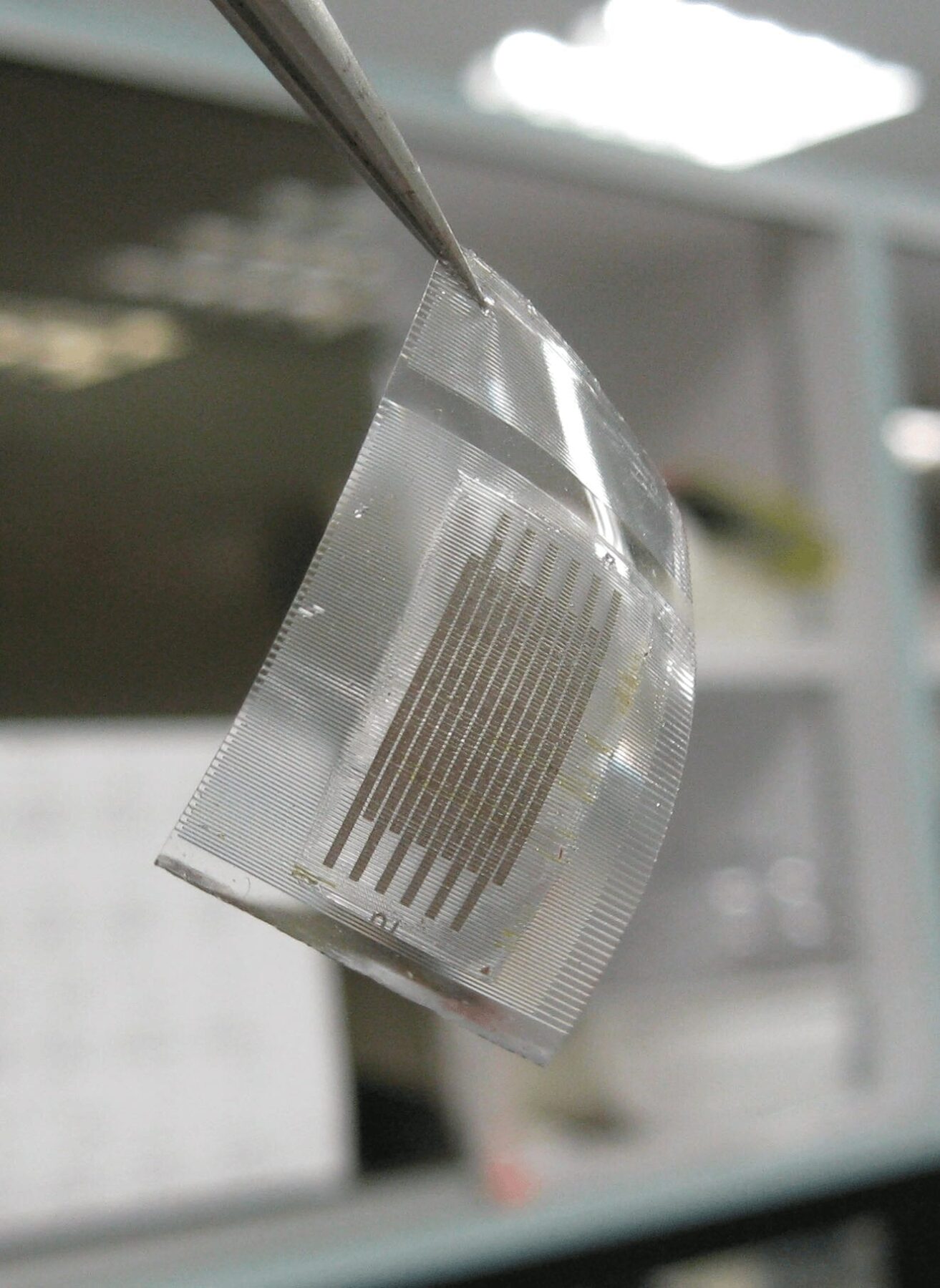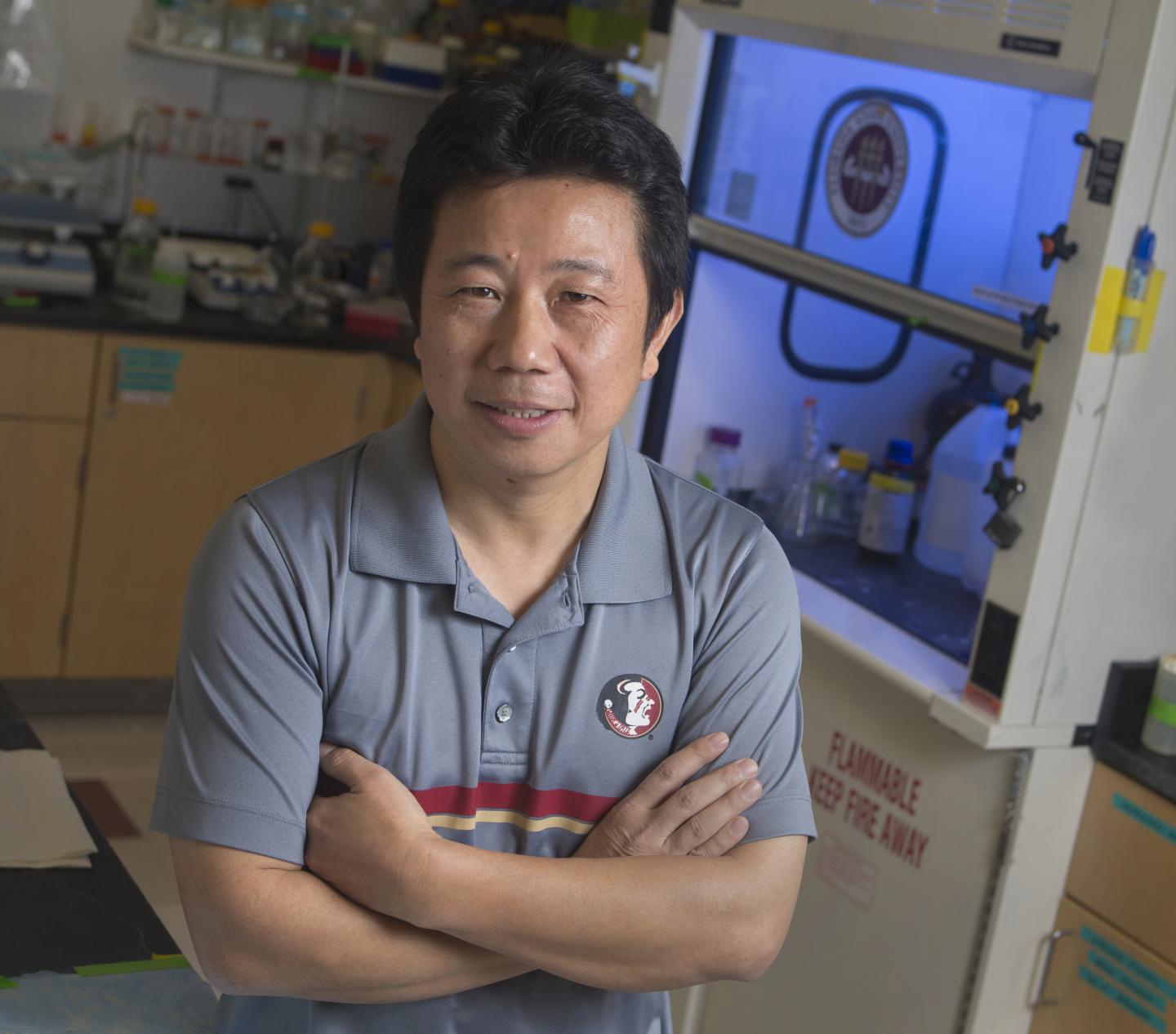
Researchers from The University of Queensland and Imperial College London have developed a method to distinguish viral and bacterial infections in children, which will save lives and reduce antibiotic use.
Associate Professor Lachlan Coin from the Centre for Superbug Solutions at UQ’s Institute for Molecular Bioscience said bacterial and viral infections could be difficult to tell apart.
”Most children with a fever have a self-resolving viral infection like a flu, but a small number have life-threatening bacterial infections such as meningococcal disease,” Dr Coin said.
“Our method will prevent the unnecessary prescription of antibiotics to children with viral infections, and ensure dangerous bacterial infections don’t go undetected.”
Dr Coin, said previous studies had suggested that specific infections could be identified by the pattern of genes activated by the fever.
“We analysed the gene patterns in the blood of children presenting with a fever at some hospitals in the United Kingdom, Spain, the Netherlands and the United States between 2009 and 2013, and discovered two genes that can distinguish bacterial infection from other causes of fever,” he said.
Dr Coin said multidrug-resistant bacteria, or superbugs, were serious cause for concern.
“Unless we tackle this problem, by 2050 superbugs could be claiming the lives of 10 million people each year,” he said.
“Over-prescription of antibiotics is significantly contributing to the rise of superbugs, so this discovery is a major breakthrough in this serious global challenge.
“The biomarker we discovered has the potential to diagnose other childhood diseases, including lupus and juvenile arthritis.”
The research team will seek to translate the discovery into clinical tests suitable for use in hospitals.
“We need to conduct more research, but we are quite confident we will be able to harness existing DNA sequencing technology to develop a revolutionary low-cost and rapid way to analyse and diagnose infections in children,” Dr Coin said.
Learn more: Bacterial or viral? Now we can tell
The Latest on: Diagnose infections
[google_news title=”” keyword=”diagnose infections” num_posts=”10″ blurb_length=”0″ show_thumb=”left”]
via Google News
The Latest on: Diagnose infections
- Your Underwear Might Be Causing Serious Infections, Gynecologist Warnson April 28, 2024 at 2:00 am
Your favorite pair of underwear could be putting you at risk of serious vaginal infections. While lacy lingerie may look elegant, its effects on our nether regions can be much less glamorous. In fact, ...
- Scientists sound alarm over spread of uncommon pathogen: 'An infection can be difficult to diagnose'on April 27, 2024 at 5:00 pm
An uptick in construction and delayed diagnoses are contributing to cases that result in death more often than in other states, where the symptoms of fatigue, fever, and rash are readily linked to the ...
- 'Vampire facials' at unlicensed spa likely resulted in HIV infections: CDCon April 27, 2024 at 5:34 am
Three women likely contracted HIV after receiving so-called "vampire facials" making them the first known cases of the virus being transmitted during a a cosmetic injection procedure.
- CDC confirms HIV infections linked to 'vampire facials'on April 26, 2024 at 3:39 pm
The U.S. Centers for Disease Control and Prevention said HIV transmission through cosmetic injection services via contaminated blood has not been documented before.
- Embiid's diagnosis draws new attention to Bell's palsyon April 26, 2024 at 2:15 pm
Philadelphia 76ers All-Star center Joel Embiid has been diagnosed with Bell's palsy. A facial nerve gets inflamed or injured and suddenly muscles on one side of the face become weak or paralyzed.
- Covid-19 Found in People’s Blood Months After Infectionon April 26, 2024 at 7:57 am
A quarter of people had Covid-19 viral proteins in their blood up to 14 months after infection. These proteins in the blood indicate that SARS-CoV-2 keeps living in tissue reservoirs. The study used a ...
- As ticks spread, the US is getting smart about reporting infections and seeing the true extent of Lyme diseaseon April 26, 2024 at 7:38 am
The Centers for Disease Control and Prevention (CDC) — the federal agency that monitors diseases and establishes guidelines to protect human health — published a paper in February that shows cases of ...
- Doctors seeing more syphilis patients with unusual and severe symptoms, study showson April 26, 2024 at 5:01 am
Disease detectives in Chicago say they have been seeing a worrisome trend: Patients complaining of unusual symptoms like vision and eye problems, headaches and hearing loss or dizziness caused by the ...
- Infection in teeth and gums? Spotting symptoms of oral canceron April 25, 2024 at 1:34 pm
If there is any unidentified infection in the area surrounding your teeth and gums, or if you are experiencing severe pain, it could be a warning sign of mouth cancer. Don't overlook these symptoms of ...
- 2023 saw fewer sexually transmitted infections in MInnesotaon April 25, 2024 at 9:21 am
Sexually transmitted infections (STIs) in Minnesota were on the decline in 2023. The Minnesota Department of Health (MDH) says such diseases decreased by an overall 3% from 2022 to 2023. Total STI ...
via Bing News










